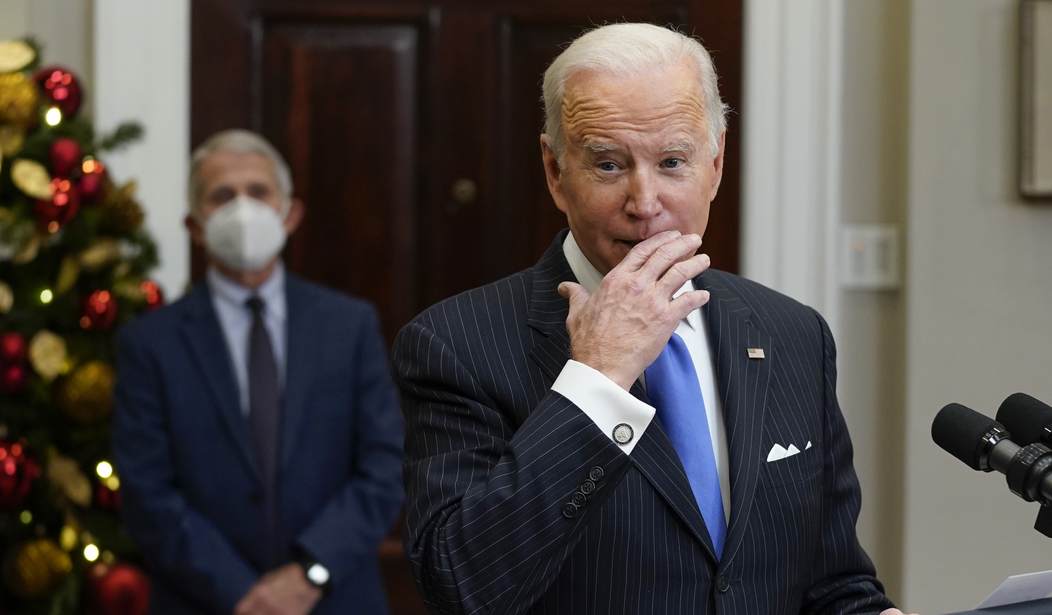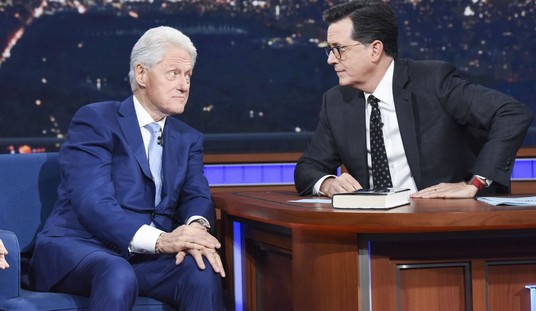Earlier this week, the U.S. Centers for Disease Control and Prevention (CDC) confirmed that the Johnson & Johnson COVID-19 vaccine is no longer accessible in the United States. All remaining doses of the vaccine expired last week, and the CDC instructed providers to discard any unused doses. Approximately 31.5 million doses were distributed to the U.S. states and territories, but only 19 million people received doses — meaning a whopping 12.5 million doses were wasted.
How did this happen? Why did this happen? Was the vaccine ineffective? Well, it wasn’t perfect, but none of the vaccines were. In fact, last month the FDA finally admitted that the COVID vaccines didn’t prevent infection or transmission. So this wasn’t an issue of the efficacy of the vaccine, and don’t be fooled into thinking otherwise. This was a concerted attack on a vaccine that the Biden administration never wanted people to take.
In May 2021, the Biden administration temporarily paused the administering of the J&J vaccine, citing a risk of severe blood clots. At the time of the pause, there were six cases of patients with severe blood clots out of nearly 7 million doses administered. In December 2021, an advisory panel for the CDC voted to recommend the Pfizer or Moderna COVID-19 vaccines over the Johnson & Johnson vaccine because of that statistically insignificant risk of blood clots. But the FDA insisted the risks outweighed the benefits.
By March 2022, there were 60 confirmed cases of severe blood clots and nine deaths out of 18.54 million doses that had been administered. That’s roughly a 1 in 2 million chance of death from severe blood clots from the vaccine.
Peter Marks, the FDA’s top vaccine official, insisted that the other vaccines from Pfizer and Moderna were “safer,” but were they? Well, as PJM’s Stacey Lennox reported last year, the rates of myocarditis and other cardiac complications in young males skyrocketed for those who have had the Pfizer and Moderna vaccines.

When considering all three cardiac complications from the Pfizer and Moderna (myocarditis, pericarditis, and myopericarditis) the rates were 1 in 1,860 for males aged 18-24 and 1 in 2,650 for boys aged 12-17. Compare that to the Johnson & Johnson vaccine, which carries a risk of severe blood clotting at a rate of 1 in 309,000, and the risk of death from such a blood clot of 1 in 2,060,000.
So why is it that the data showed more risk from Pfizer and Moderna, but it was Johnson & Johnson that was alleged to be unsafe? Well, Pfizer’s and Moderna’s vaccines were mRNA vaccines, while Johnson & Johnson’s was not. What’s the difference? Well, mRNA vaccines use messenger RNA (mRNA) to prompt human cells in producing a protein that triggers an immune response. Currently, the Pfizer and Moderna COVID vaccines are the only authorized mRNA vaccines available. It seems that our medical experts have been interested in transitioning from older vaccine technology to mRNA vaccines for some time.
Roughly a year before the pandemic, Dr. Anthony Fauci spoke at the Milken Institute Future of Health Summit and addressed the potential shift from traditional vaccines to mRNA vaccines. During the discussion, Michael Specter from The New Yorker questioned the possibility of moving away from the longstanding egg-growing method used in vaccine production since 1947.
Dr. Fauci acknowledged the challenges and emphasized the rigorous approval process that new vaccine types would have to undergo. “In order to make the transition from getting out of the tried-and-true egg growing which we know gives us results that can be beneficial, I mean we’ve done well with that. There must be something that has to be much better,” he began. “You have to prove that this works and then you’ve got to go through all of the clinical trials: phase one, phase two, phase three, and then show that this particular product is going to be good over a period of years. That alone, if it works perfectly, it’s going to take a decade.”
Fellow panelist Rick Bright, the director of HHS Biomedical Advanced Research and Development Authority (BARDA), noted, “There might be a need or even an urgent call for an entity of excitement out there that’s completely disruptive, that’s not beholden to bureaucratic strings and processes. […] But it is not too crazy to think that an outbreak of novel avian virus could occur in China somewhere. We could get the RNA sequence from that, beam it to a number of regional centers—if not local, if not even in your home at some point—and print those vaccines on a patch of self-administer.”
So did the Biden Administration kill the J&J vaccine because of an objective cost-benefit analysis of the vaccines, or was it really about ensuring that the only options were the mRNA vaccines that Dr. Fauci and the medical establishment desperately wanted to transition to?










